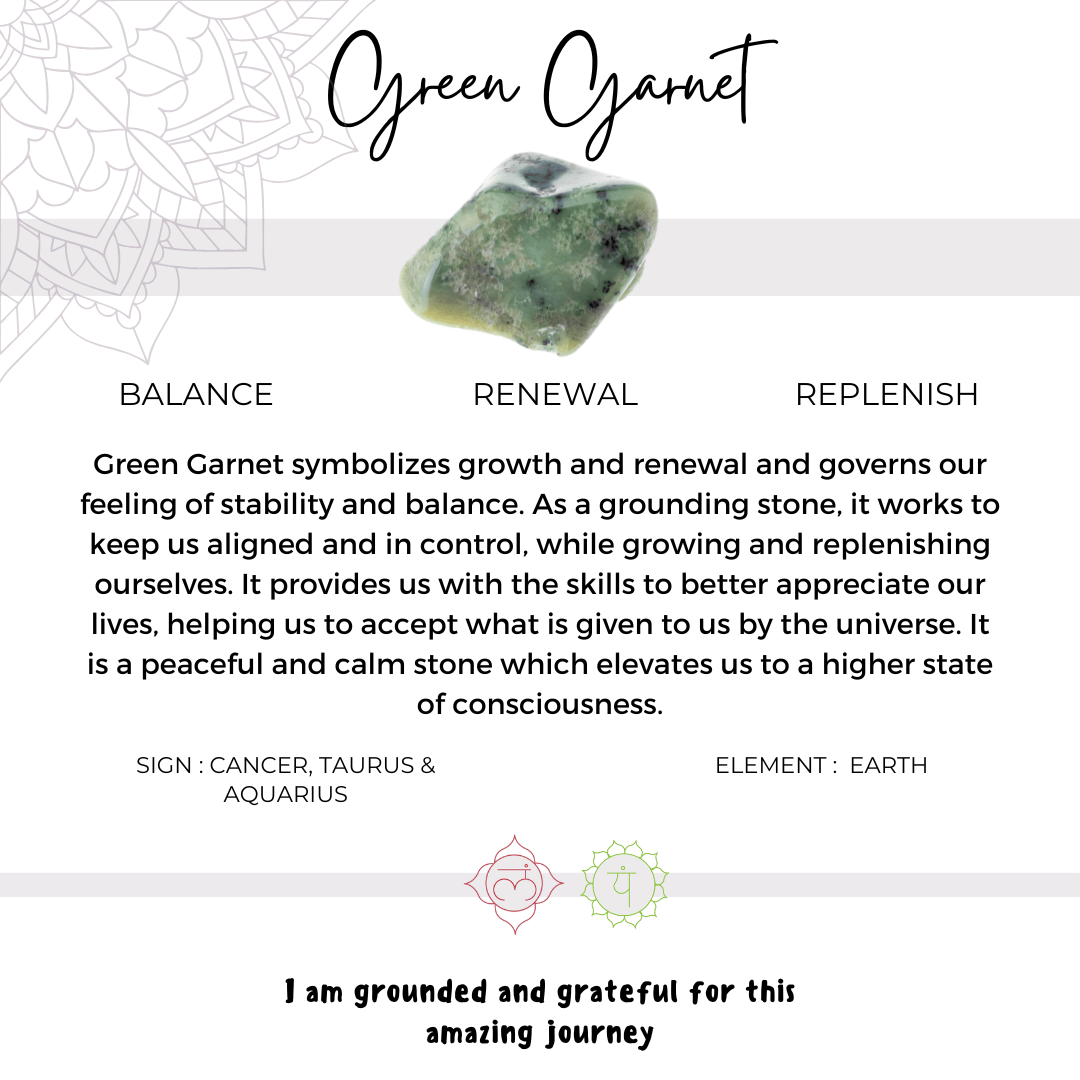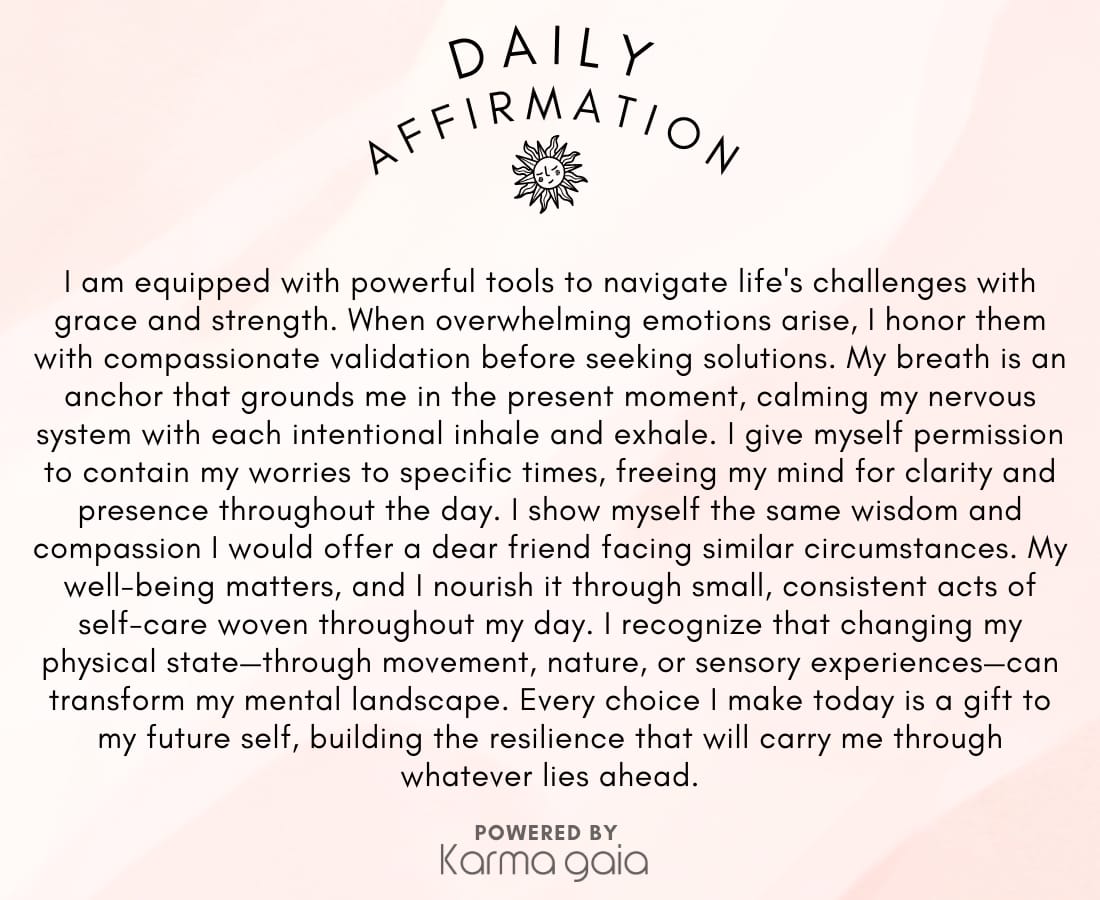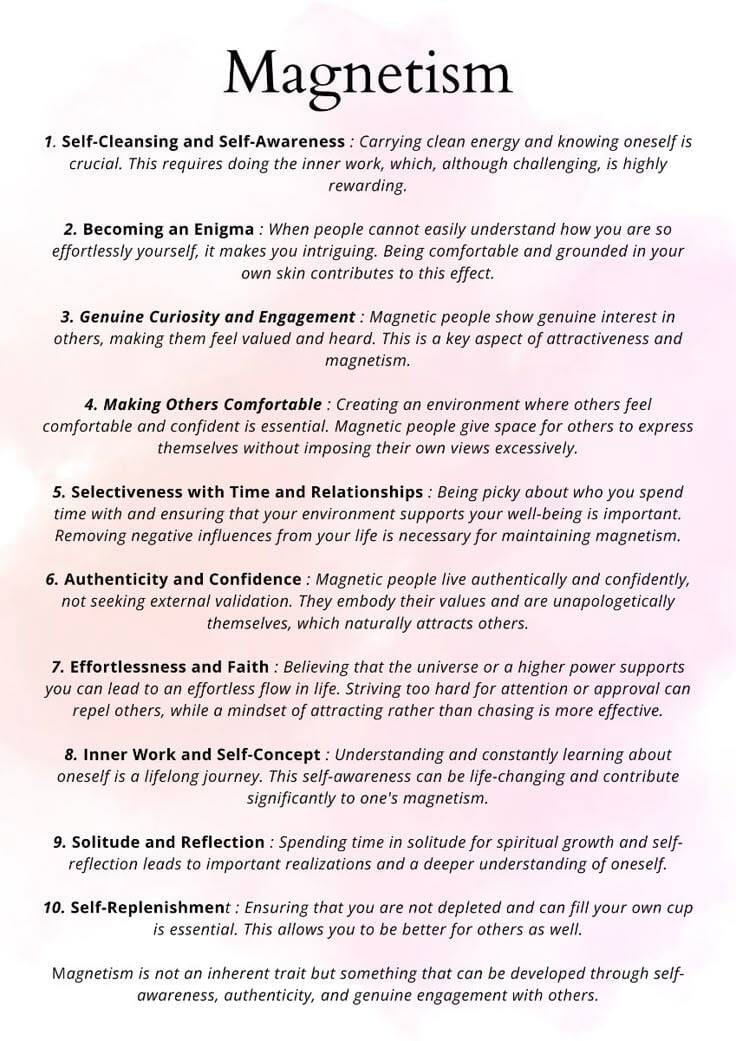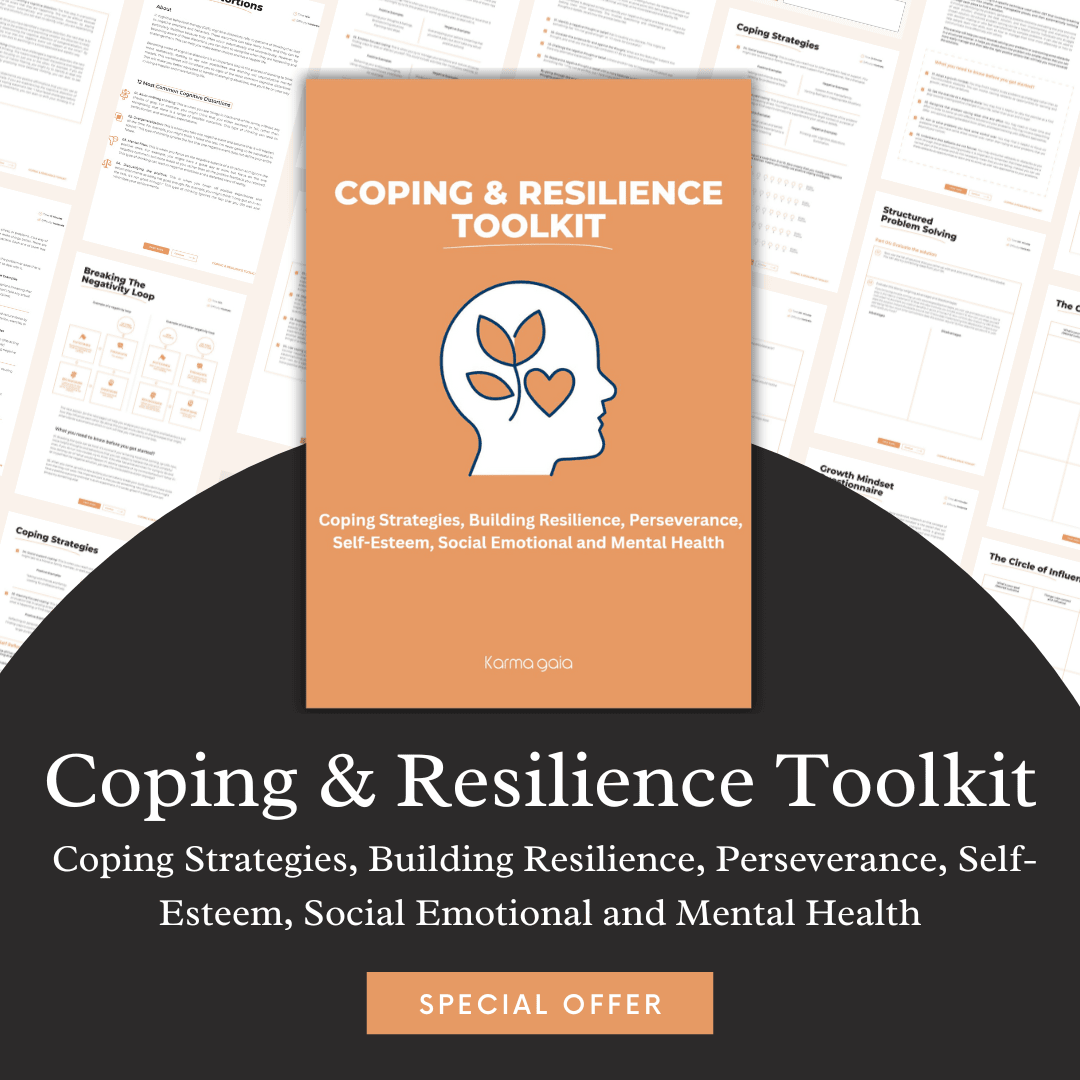- Karma Gaia
- Posts
- Resilience Strategies
Resilience Strategies
7 Resilience Strategies Therapists Use Themselves When Life Gets Overwhelming...
TOGETHER WITH:
Hello
Quote of the day...
"Resilience isn't about never falling; it's about building a toolkit of strategies that help you rise again with greater wisdom. The breath that centers you, the boundaries that protect you, the compassion you extend to yourself—these are the quiet strengths that transform overwhelming moments into opportunities for growth."
In Today's Email:
7 Resilience Strategies Therapists Use Themselves When Life Gets Overwhelming…
Did you know? 43% reduction in acute stress response markers…
Yogapedia: Today’s pose of the day...
IMAGE OF THE DAY
LEARN TODAY:
7 Resilience Strategies Therapists Use Themselves When Life Gets Overwhelming
Even the professionals who guide others through emotional turbulence need their own coping mechanisms. Therapists face burnout, compassion fatigue, and personal challenges just like everyone else. The difference? They've mastered practical resilience techniques that work—and use them in their own lives. Here are seven powerful strategies that therapists rely on when life becomes overwhelming.
1. The 5-5-5 Breathing Reset
When anxiety spikes, therapists don't just tell clients to "take a deep breath"—they practice structured breathing interventions themselves. The 5-5-5 technique involves inhaling for 5 seconds, holding for 5 seconds, and exhaling for 5 seconds.
"I use this between sessions when I'm feeling emotionally flooded," says clinical psychologist Dr. Maya Chen. "It activates the parasympathetic nervous system in just 90 seconds, giving me immediate physiological relief and mental clarity."
2. Scheduled Worry Time
Therapists don't suppress their worries—they contain them. Many block 15-20 minutes daily as designated "worry time" to process anxieties without letting them consume the entire day.
"When worries arise outside my scheduled time, I jot them down to revisit later," explains therapist James Moretti, LCSW. "This simple boundary prevents rumination from hijacking my day while still honoring that these concerns need attention."
3. The Perspective Shift Question
When facing obstacles, therapists reframe situations by asking: "What would I tell a client facing this exact situation?"
"This question creates instant emotional distance," notes family therapist Sonia Williams. "It bypasses my emotional brain and accesses my rational, solution-focused thinking. I'm consistently more compassionate and wise with myself when I use this technique."
4. Micro-Self-Care Integration
Rather than waiting for the elusive "self-care day," therapists integrate tiny restorative moments throughout their day.
"I practice micro-self-care—60-second interventions I can use between clients," says trauma specialist Dr. Kai Park. "This might be stretching, applying a scented lotion, or stepping outside for fresh air. These brief resets prevent exhaustion better than waiting for larger self-care opportunities that might never materialize."
5. The Validation-Before-Solution Rule
When overwhelmed, therapists validate their feelings before attempting to solve problems.
"I literally say to myself: 'It makes perfect sense you feel this way given what's happening,'" shares grief counselor Eliza Montgomery. "Only after acknowledging my emotional reality do I move toward solutions. Skipping validation always backfires."
6. Physical State Changes
Therapists recognize that mental states are connected to physical states, and deliberately change their physiology to shift their psychology.
"When I'm stuck in negative thought patterns, I don't try to think my way out—I move my body instead," explains neuropsychologist Dr. Theo Jackson. "A brisk 10-minute walk, dancing to one energetic song, or even splashing cold water on my face creates an immediate state change that interrupts the mental loop."
7. The 'Tomorrow Self' Technique
When motivation wanes, therapists make decisions based on how their future self will feel.
"I often ask myself: 'What can I do now that my tomorrow self will thank me for?'" says positive psychology practitioner Leila Hassan. "This creates immediate motivation and shifts my perspective from short-term comfort to longer-term wellbeing."
These strategies aren't just professional knowledge for therapists—they're daily practices that form the foundation of their personal resilience toolkit. By implementing even one or two of these techniques into your own routine, you can begin building the same psychological strength that helps mental health professionals weather life's inevitable storms.
Looking for a structured way to develop these resilience skills? The Coping and Resilience Toolkit Journal provides 18 evidence-based exercises with clear instructions to build your emotional strength day by day.
DEAL OF THE DAY
Coping & Resilience Toolkit
Limited Time: The deal expires in 60 hours!
Today's Deal: Get 80% OFF - Coping & Resilience Toolkit
About: Introducing the ultimate companion for life's toughest moments: our Coping and Resilience Toolkit Journal. When chaos strikes and your world feels upside down, this powerful resource puts 18 proven exercises at your fingertips, each meticulously designed to transform how you face adversity. Unlike generic self-help books that offer vague advice, our journal provides clear, actionable strategies that build your resilience muscle with each practice. Watch as challenging situations that once seemed insurmountable become opportunities for growth, as the journal guides you through reframing negative thought patterns, discovering fresh perspectives, and unearthing profound insights about yourself. Whether you're navigating work stress, relationship difficulties, or personal setbacks, this toolkit empowers you to not just survive life's storms, but emerge stronger, wiser, and more confident in your ability to handle whatever comes next.
TOGETHER WITH PURE HEALTH RESEARCH
Thinning Hair In Old Age? Try This At Home (Simple)
Do you have thinning hair? You could try this! The best part?
It could start working over the next week or two.
*Please support our sponsors. They help keep Karma Gaia free!
CRYSTAL OF THE DAY

POSITIVE NEWS OF THE DAY
Lottery Winner Pledges Part of $328 Million Prize to Nonprofits, Winning Ticket Seller Does the Same
79-year-old Abbas Shafii won Oregon's third-highest Powerball lottery prize of $328 million, choosing a lump sum of $146 million over a 29-year annuity. The winning ticket was purchased at a Fred Meyer store in Beaverton, which received a $100,000 bonus. Shafii plans to use his winnings for travel, investments, and supporting nonprofits close to his heart, while Fred Meyer will donate half its bonus to the Oregon Food Bank's Zero Hunger | Zero Waste initiative. The odds of winning were compared to flipping heads 28 consecutive times, and approximately one-third of Oregon's Powerball sales support state programs including economic development, education, veteran services, and parks.
DID YOU KNOW?
Research published in the Journal of Personality and Social Psychology (2020) found that individuals who practiced structured breathing techniques—similar to the 5-5-5 method therapists use—experienced a 43% reduction in acute stress response markers compared to control groups. This physiological change was accompanied by improved cognitive performance during high-pressure tasks, demonstrating that intentional breathing isn't just a psychological comfort but creates measurable biological changes that enhance resilience in real-time.
TOGETHER WITH EARTH CONSCIOUS LIFE
Join 250,000+ Earth-Conscious Readers

Every week, a transformative newsletter delivers FREE, solutions-oriented news, actionable tips, and educational resources that champion holistic health and environmental restoration. Curated by a team of experts passionate about sustainability, this resource equips readers with practical strategies and the latest insights needed to foster healthier lifestyles and a more resilient environment. Subscribers gain access to an engaging blend of scientific research, innovative practices, and community success stories, all designed to inspire informed decision-making and meaningful action. By embracing this invaluable free newsletter, individuals join a vibrant community dedicated to creating a healthier, more sustainable world—one informed step at a time.
|
YOGAPEDIA
Teardrop Bow Pose (Padangustha dhanurasana)

What is Teardrop Bow Pose?
Teardrop bow pose, or padangustha dhanurasana in Sanskrit, is an advanced and amplified version of bow pose (dhanurasana). The hands grip the feet in a deep arch, improving spinal flexibility and awakening the mind.
Instructions
Begin lying on the belly in snake pose with the bodyweight supported on the forearms.
Bend the right leg and bring the foot toward the buttocks. Inhale and grab the outside of the foot with the right hand.
Rotate in the shoulder socket so that the elbow is pointing up. Do the same on the left side.
Inhale and straighten the arms and legs, lifting the feet higher toward the sky.
Breathe while holding the pose. Exhale and slowly release the feet one at a time.
MEME





